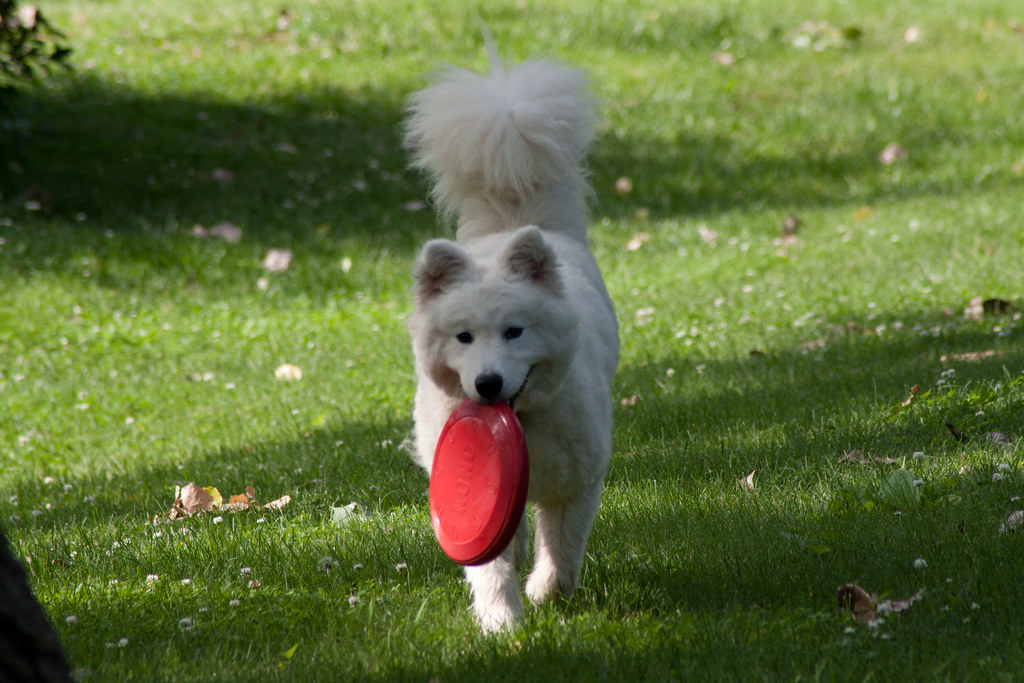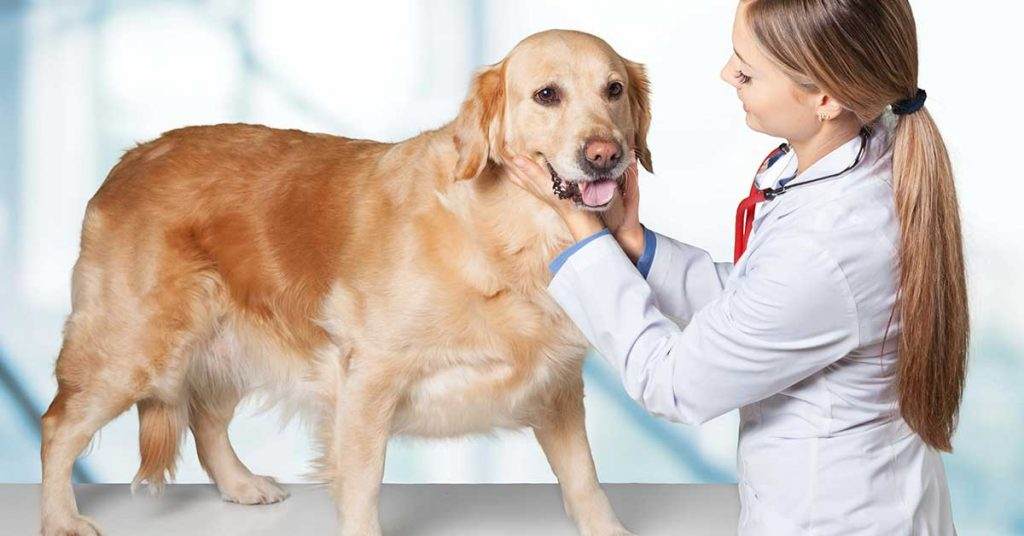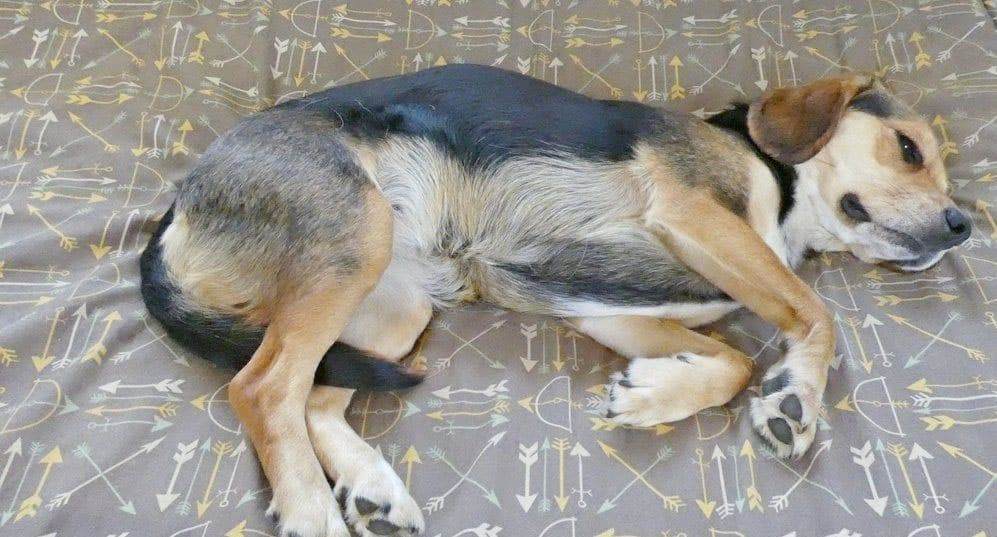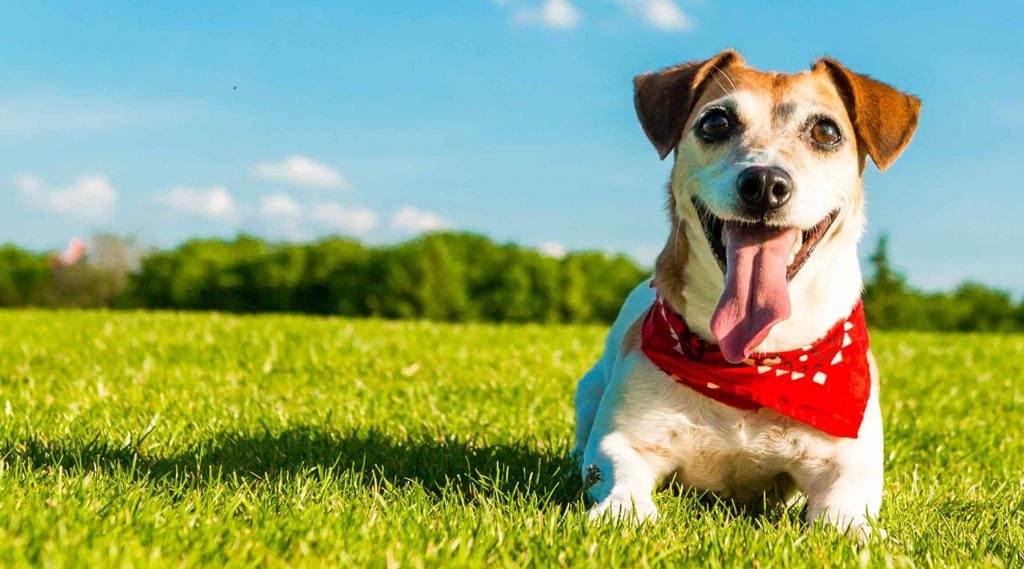Our furry friends are always lively and playing around the house and outdoors tirelessly all day. Dogs are usually scrappy and tough creatures (yes, even the tiniest and furriest of them!) but once in a while they are bound to get cuts and bruises during play time or on their walks.
You may not even notice it if the wounds are small but if you find your dog scratching a particular region and staying preoccupied with it, it is worth checking out once. While all puppies behave in different ways, generally dogs tend to not make a fuss about small wounds and ignore them till it heals on its own.
This might be alright for very small bruises but if the wound resembles a cut or a small incision, do not allow them to roam freely again without applying and antiseptic and medicine first. This extra precaution goes a long way and you do not even need to procure special medication immediately.

Neosporin is a common topical antibacterial ointment found in the medicine cabinets of most households. It is a widely used over-the-counter medicine with three major chemical components that works very well in healing cuts (both superficial and deep) in case of human beings. Thus you might be tempted to use it on your pets when they bruise themselves.
Can Neosporin be used on dogs?
The answer to this is both affirmative and negative. It depends entirely on the nature of the wound and is effective only when the wound is tended to first before the ointment is applied. Ideally, it is always best to consult a veterinarian before trying any kind of medicine on your pets which is strictly not meant for animals.
When can Neosporin be safely used?
It is advisable to first examine the wound and determine how it may have been caused, if the factors are not entirely known. Having done so, follow these steps in order to use it for maximum effect:
- If it is not a deep cut (for instance a scratch or a bruise) then the correct procedure is to first rinse the area thoroughly with a disinfectant and water. You may also moisten a hydrogen peroxide gauze to use for this purpose.
- First apply the ointment on a very small patch of skin and study any possible allergic reactions. If your dog has an allergic reaction following the application then rinse off immediately. Such reactions may include hives, redness, itchiness, and in rare cases, swellings.
- If there are no visible reactions then apply a very small amount on to the wound. Use the regular strength ointment and not the ones that assist in pain relief. You must take precautions and care to not use it internally.
Possible dangers of using Neosporin
Of the three primary components of the medicine, neomycin has sometimes been associated with hearing loss. It is thus absolutely necessary to administer this ointment in small amounts, and never internally. It is always best to consult your vet before applying this medicine in larger doses.
It is to be kept in mind that Neosporin does not work on other lesions, warts, outgrowths, or bacterial and fungal allergies. In these situations it is absolutely necessary to avoid self-diagnosing and medicating since it may lead to further health problems for your pet.
The main issue with using this ointment is in cases where the wounded area is exposed or easily accessible to the dog. Dogs instinctively tend to lick off any foreign particles on their body, and thus it is highly likely that if they are able to reach the region they will lick off the medicine. Ingested in very small amounts, the medicine is not likely to cause a lot of harm. But in greater doses it will upset the level of normal gut bacteria, resulting in stomach upsets, vomiting, and diarrhea. The liquid base used for the ointment may cause other severe reactions if ingested.
Thus potentially the medicine may not serve its purpose and at the same time cause the your pet to fall sick. One of the commonest ways in which pet owners try to avoid this problem is by light bandaging of the wound. While this may work temporarily, it may cause further damage by restricting the blood flow to the wounded area or tempting your dog to scratch at the bandage. A makeshift bandage might work for emergencies if a vet is not immediately accessible, but it is inadvisable as a medical solution.
What is the best course of treatment?
As a primary treatment it is not a bad idea to use Neosporin to attend a wound if it is not bleeding fully. The three components of the medicine (neomycin, bacitracin, and polysporin) are all antibiotics which can avoid further infections and can clean up the area well. If it is not a serious injury then the ointment works wonders and your furry friend will be up and about in no time.
The best and safest course of action is to first clean the wound and allow it to stop bleeding. As a first aid response Neosporin may also be used for deeper wounds (in moderated doses) since it cannot be directly harmful when used with caution. However, nothing is safer than contacting the vet and allowing them to tend to the wound. The professional eye is far more important especially in case of deeper cuts, and they can suggest medication meant specifically for animals. These medicines heal faster and better, without causing health problems even if ingested by mistake.
When to avoid using Neosporin?
- If the cut is not too deep but you have noticed that it was caused by a dirty object, metal surfaces, or the bite of a different animal. The first step would immediately be to wash it off but avoid using any medicine without consulting the vet.
- If any object causing the injury is still stuck in the wound, an emergency removal of the object is necessary before any anti-bacterial ointment can be applied.
- If the wound is near the nasal and eye areas, do not apply the ointment even in small quantities. These are sensitive areas vulnerable to infection and may react differently to the medicine. Further, your dog may lick off the medicine when applied near these areas.
- You are always required to do a patch test over a small area before applying the ointment on the wound. Even if there is a very small allergic reaction, rinse and keep it away from the cut.
- If you are unable to accurately ascertain the nature of the cut, it is best to consult a vet before taking any measures.
Conclusion
It is tricky to keep your pet occupied while handling the wound but since it is a delicate job this aspect cannot be compromised on. You may consider giving your dog a toy or something to chew on to distract them while you tend to the injury. It is difficult to see your precious one in pain but usually their abrasions are not deep unless caused by a heavy or sharp object, and Neosporin can provide a speedy solution. If you have a pet at home then it is always handy to keep a separate first aid’s kit for them with their own set of medication. Consult your vet regarding the same and they may provide you with far more effective anti-bacterial ointments which work better than Neosporin on animal wounds. To avoid all the problems of applying ointments on your pets, you may also choose from a variety of medicated powders and sprays used for the same purpose and available in medical stores. Your vet will be able to guide you in choosing the most suitable and pain-free option for your dog
Table of Contents




